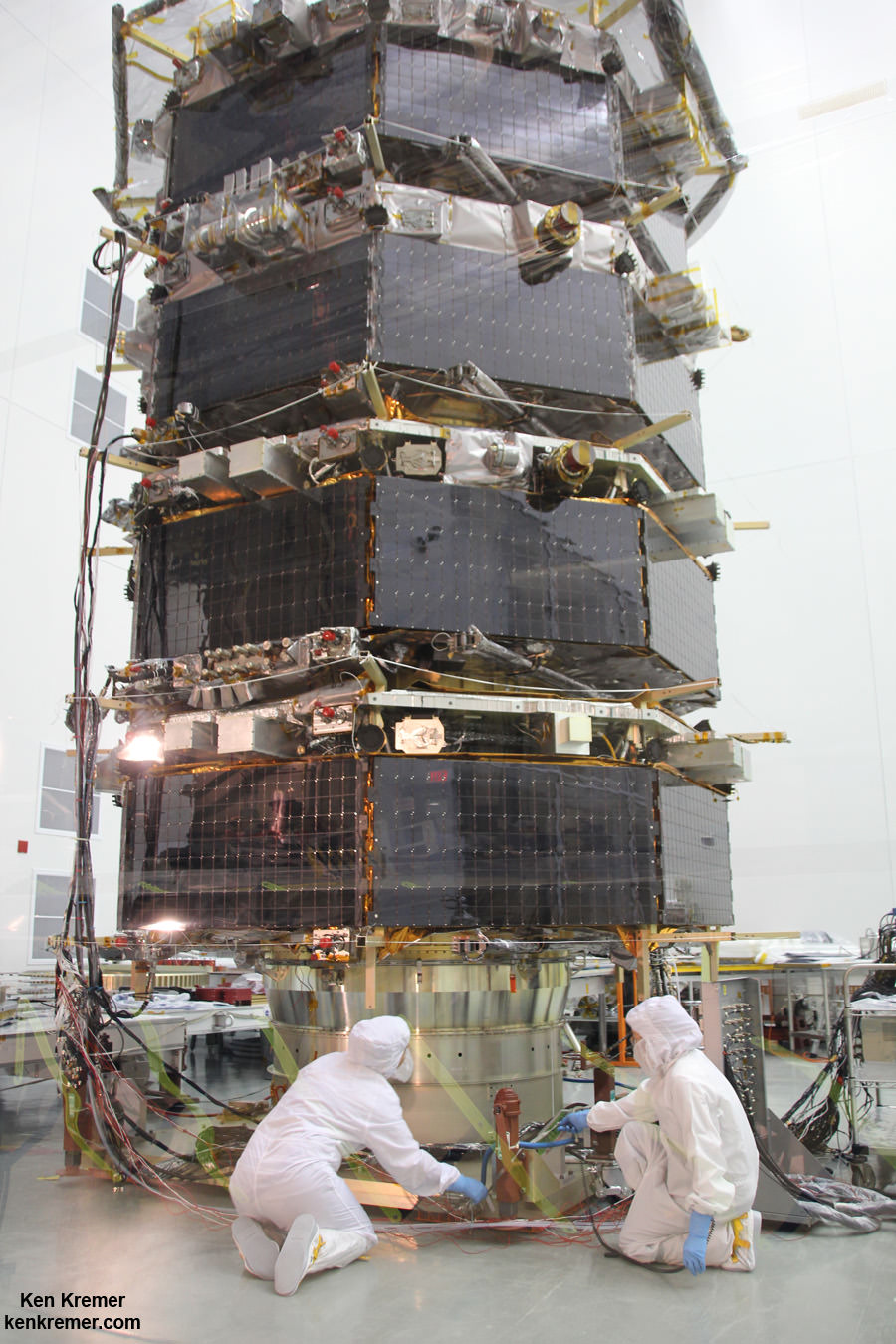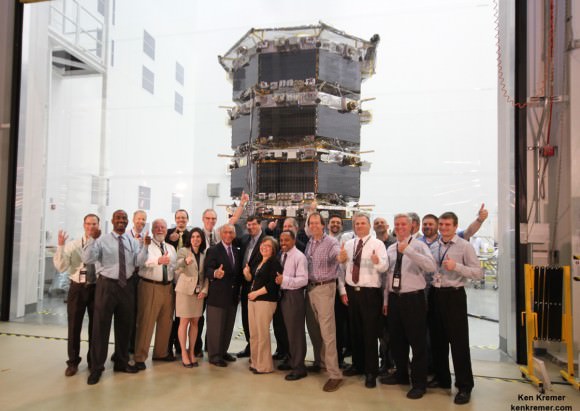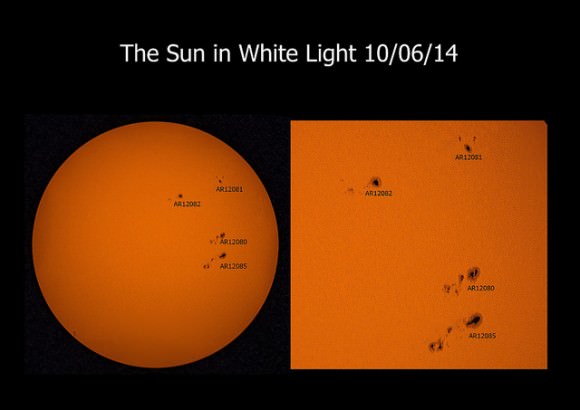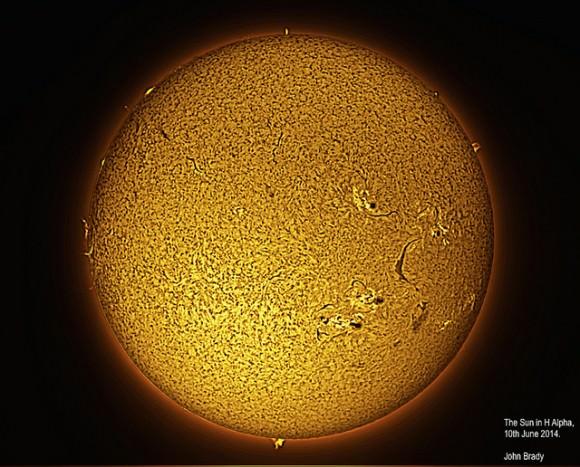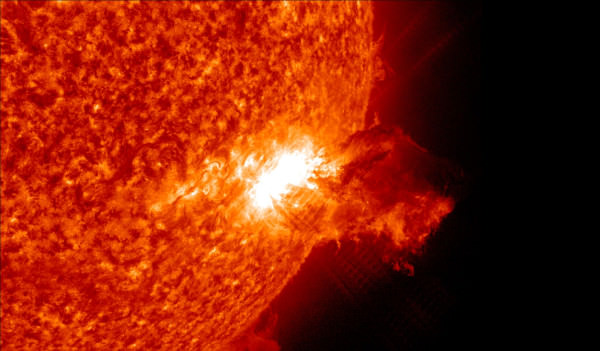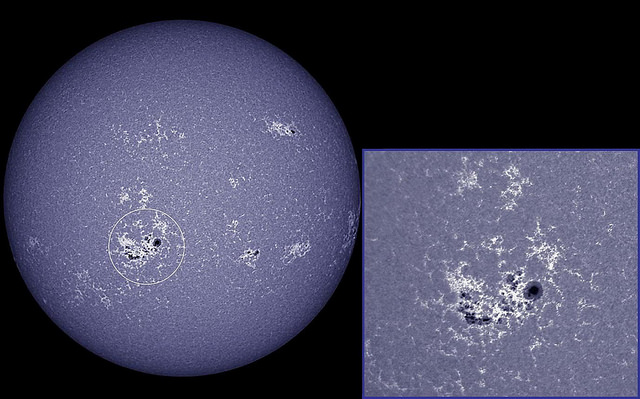It turns out that the TRAPPIST-1 star may be a terrible host for the TRAPPIST planets announced in February.
The TRAPPIST-1 star, a Red Dwarf, and its 7 planets caused a big stir in February when it was discovered that 3 of the rocky planets are in the habitable zone. But now more data is coming which suggests that the TRAPPIST-1 star is much too volatile for life to exist on its planets.
Red Dwarfs are much dimmer than our Sun, but they also last much longer. Their lifetimes are measured in trillions of years, not billions. Their long lives make them intriguing targets in the search for habitable worlds. But some types of Red Dwarf stars can be quite unstable when it comes to their magnetism and their flaring.
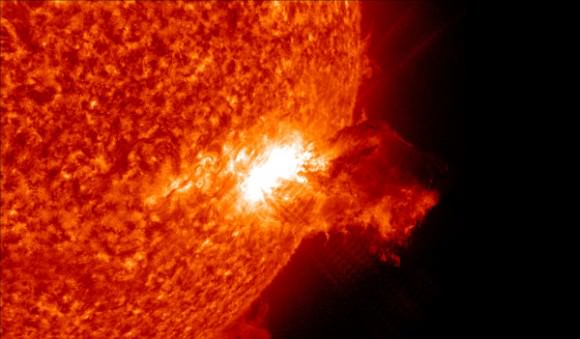
A new study analyzed the photometric data on TRAPPIST-1 that was obtained by the K2 mission. The study, which is from the Konkoly Observatory and was led by astronomer Krisztián Vida, suggests that TRAPPIST-1 flares too frequently and too powerfully to allow life to form on its planets.
The study identified 42 strong flaring events in 80 days of observation, of which 5 were multi-peaked. The average time between flares was only 28 hours. These flares are caused by stellar magnetism, which causes the star to suddenly release a lot of energy. This energy is mostly in the X-ray or UV range, though the strongest can be seen in white light.
While it’s true that our Sun can flare, things are much different in the TRAPPIST system. The planets in that system are closer to their star than Earth is to the Sun. The most powerful flare observed in this data correlates to the most powerful flare observed on our Sun: the so-called Carrington Event.The Carrington Event happened in 1859. It was an enormously powerful solar storm, in which a coronal mass ejection struck Earth’s magnetosphere, causing auroras as far south as the Caribbean. It caused chaos in telegraph systems around the world, and some telegraph operators received electric shocks.
Earth survived the Carrington Event, but things would be much different on the TRAPPIST worlds. Those planets are much closer to their Sun, and the authors of this study conclude that storms like the Carrington Event are not isolated incidents on TRAPPIST-1. They occur so frequently that they would destroy any stability in the atmosphere, making it extremely difficult for life to develop. In fact, the study suggests that the TRAPPIST-1 storms could be hundreds or thousands of times more powerful than the storms that hit Earth.
A study from 2016 shows that these flares would cause great disturbances in the chemical composition of the atmosphere of the planets subjected to them. The models in that study suggest that it could take 30,000 years for an atmosphere to recover from one of these powerful flares. But with flares happening every 28 hours on TRAPPIST-1, the habitable planets may be doomed.
The Earth’s magnetic field helps protects us from the Sun’s outbursts, but it’s doubtful that the TRAPPIST planets have the same protection. This study suggests that planets like those in the TRAPPIST system would need magnetospheres of tens to hundreds of Gauss, whereas Earth’s magnetosphere is only about 0.5 Gauss. How could the TRAPPIST planets produce a magnetosphere powerful enough to protect their atmosphere?
It’s not looking good for the TRAPPIST planets. The solar storms that hit these worlds are likely just too powerful. Even without these storms, there are other things that may make these planets uninhabitable. They’re still an intriguing target for further study. The James Webb Space Telescope should be able to characterize the atmosphere, if any, around these planets.
Just don’t be disappointed if the James Webb confirms what this study tells us: the TRAPPIST system is a dead, lifeless, grouping of planets around a star that can’t stop flaring.



